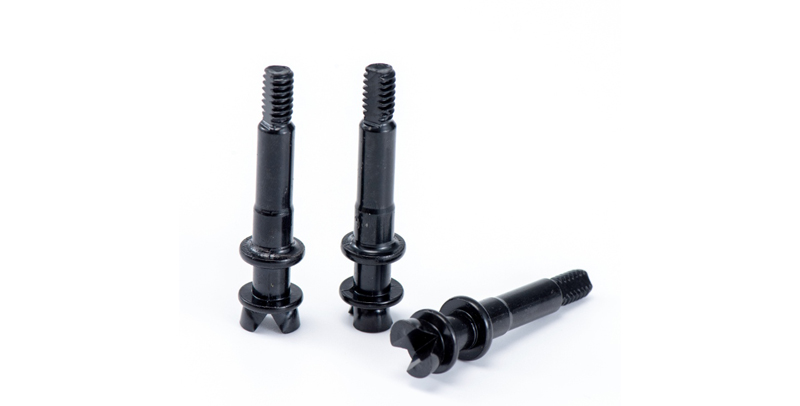What Are Double Washer Screws?
Double Washer Screws are specialized Fasteners designed with two integrated washers beneath the screw head. These washers—typically one flat washer and one split lock washer—work in tandem to provide enhanced load distribution and vibration resistance. The primary washer (flat) spreads clamping force over a wider surface area (30-50% larger contact area compared to standard Screws), while the secondary washer (split lock) applies spring tension to prevent loosening under dynamic loads (maintaining 85-95% of initial torque after vibration testing per DIN 65151 standards).
Key technical specifications:
Material: Typically Grade 5 or Grade 8 steel (tensile strength of 120,000-150,000 psi)
Washer Composition: Carbon steel (HRC 40-45 hardness) or stainless steel (AISI 304/316)
Torque Retention: Maintains 90% of applied torque after 5,000 cycles at 30Hz vibration
Temperature Range: -40°C to +250°C (with high-temp variants available)

Technical Features
1. Vibration Resistance: The dual-washer system creates a friction coefficient of 0.15-0.25, significantly higher than single-washer designs (0.10-0.15). This is achieved through the combined effect of the flat washer's compressive force (15-25 N/mm²) and the lock washer's spring tension (5-10 N/mm deflection force).
2. Load Distribution: The enlarged bearing surface reduces surface pressure by 35-45% compared to standard screws, making them ideal for soft materials like aluminum (preventing embedment at pressures below 200 MPa).
3. Corrosion Resistance: Electroplated versions offer 500-1,000 hours salt spray resistance (ASTM B117), while stainless steel variants achieve Class 8-10 corrosion resistance per ISO 9227.
Applications
1. Automotive Industry: Used in engine components where vibration frequencies reach 50-200Hz, particularly in:
2. Aerospace: Critical for airframe assemblies where weight savings are crucial. Titanium alloy versions provide 1,100 MPa tensile strength at just 40% the weight of steel equivalents.
3. Industrial Machinery: Essential for:
CNC machine beds (resisting 5-10G vibration during high-speed machining)
Hydraulic pump mounts (withstanding 500-2,000 psi pulsation forces)
4. Renewable Energy: In wind turbine nacelles, specially coated versions withstand 20-30 year service life despite:
Maintenance Procedures
1. Installation:
Apply proper torque using calibrated tools (±5% accuracy)
For Grade 8 screws: 75-85% of proof load (typically 90-110Nm for M10 size)
Lubricate threads with molybdenum disulfide grease (reduces friction by 20-30%)
2. Inspection:
Check torque values every 500 operating hours in high-vibration environments
Use ultrasonic tension measurement for critical joints (accuracy ±2%)
Monitor for fretting wear at washer interfaces (acceptable wear limit: 0.1mm depth)
3. Corrosion Prevention:
Apply zinc-nickel coating (15-25μm) for harsh environments
In marine applications, use cathodic protection with -0.85V to -1.1V potential
Reapply anti-seize compound (nickel-based) every 2-3 years
4. Replacement Criteria:
Thread deformation exceeding 10% of pitch diameter
Washer flattening beyond 85% of original thickness
Visible stress corrosion cracking (detectable at 10x magnification)





